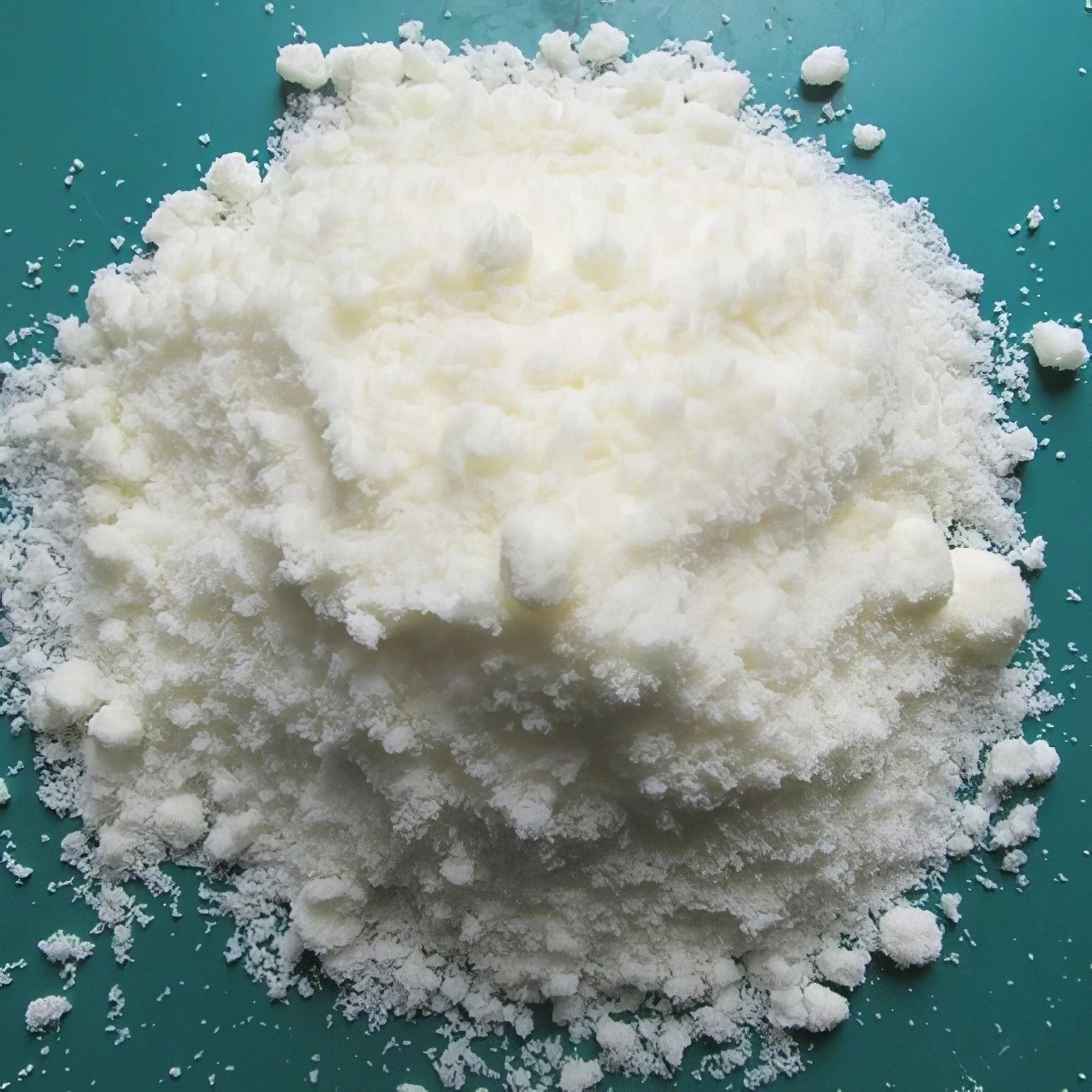



Understanding the Properties and Uses of Sodium Hydroxide in Various Industries
Understanding Sodium Hydroxide Properties, Uses, and Safety
Sodium hydroxide, commonly known as lye or caustic soda, is a highly versatile chemical with a wide array of applications across various industries. With the chemical formula NaOH, it consists of sodium (Na), oxygen (O), and hydrogen (H). This compound is classified as a strong base, meaning that it fully dissociates into sodium ions (Na⁺) and hydroxide ions (OH⁻) when dissolved in water, leading to a highly alkaline solution.
Properties of Sodium Hydroxide
Sodium hydroxide is a white, odorless solid that is hygroscopic, meaning it can absorb moisture from the air. It has a melting point of approximately 318 °C (604 °F) and is highly soluble in water, generating substantial heat upon dissolution, a process known as exothermic heating. The resulting solution is corrosive and can cause severe chemical burns upon contact with skin or mucous membranes.
Industrial Uses
One of the primary applications of sodium hydroxide is in the manufacturing of soap and detergents. It acts as a saponifying agent, reacting with fats and oils to produce soap through the process of saponification. In the paper industry, sodium hydroxide is used in the pulping process to break down lignin, allowing for the extraction of cellulose fibers.
In the chemical industry, sodium hydroxide serves as a key ingredient in various chemical syntheses, including the production of plastics, synthetic fibers, and pharmaceuticals. It is also used in water treatment facilities to neutralize acidity and control pH levels, ensuring safe drinking water for communities.
Furthermore, sodium hydroxide is essential in the food industry, where it is employed in the processing of certain food items, including as a cleaning agent for equipment and during the preparation of foods like olives and pretzels, where it contributes to the distinct flavor and texture.
Laboratory Applications
about sodium hydroxide

In laboratories, sodium hydroxide is commonly used as a reagent for titrations and other chemical reactions. Its strong alkaline nature makes it suitable for various analytical procedures, including the determination of acidity and the analysis of certain organic compounds.
Safety Considerations
While sodium hydroxide is a valuable chemical, it is important to handle it with care. The caustic nature of NaOH poses significant risks, including severe burns and eye damage. Appropriate safety measures should always be employed, including the use of gloves, goggles, and protective clothing. In case of contact with skin or eyes, it is crucial to rinse the affected area with copious amounts of water and seek medical attention if necessary.
Storing sodium hydroxide requires careful consideration as well. It should be kept in a cool, dry place, away from incompatible substances such as acids and organic materials that could lead to hazardous reactions. The containers used for storage must be clearly labeled and made from materials resistant to corrosion, such as glass or certain plastics.
Environmental Impact
Sodium hydroxide can also have an impact on the environment. In its concentrated form, it can be harmful to aquatic life if released into water bodies. Therefore, it is crucial for industries that utilize sodium hydroxide to implement proper waste management and disposal practices to minimize environmental risks.
Conclusion
In conclusion, sodium hydroxide is a vital chemical with a diverse range of applications in various industries, from soap making to water treatment. Its strong alkaline properties make it an effective reagent and processing agent but also necessitate careful handling to prevent potential harm. As industries continue to rely on this essential compound, ensuring safety and environmental responsibility remains paramount. Understanding the properties, uses, and hazards associated with sodium hydroxide is crucial for anyone working with or around this powerful chemical.
-
Why Sodium Persulfate Is Everywhere NowNewsJul.07,2025
-
Why Polyacrylamide Is in High DemandNewsJul.07,2025
-
Understanding Paint Chemicals and Their ApplicationsNewsJul.07,2025
-
Smart Use Of Mining ChemicalsNewsJul.07,2025
-
Practical Uses of Potassium MonopersulfateNewsJul.07,2025
-
Agrochemicals In Real FarmingNewsJul.07,2025
-
Sodium Chlorite Hot UsesNewsJul.01,2025










